CFRP
CFRP processing technology is a processing method that can reduce the weight and increase the strength of airframe and structural components in the aerospace field. It is mainly used in the manufacture of main and tail wings, airframe panels, structural materials for satellites, and rocket fairings. Compared to metal, CFRP is lighter and has superior corrosion resistance and fatigue strength, which also allows for improved fuel efficiency and durability. High processing technology is required for molding, cutting, and joining, and we are capable of manufacturing high-precision parts based on our extensive experience and know-how.
Learn more about our technology.

 0120-987-742
0120-987-742
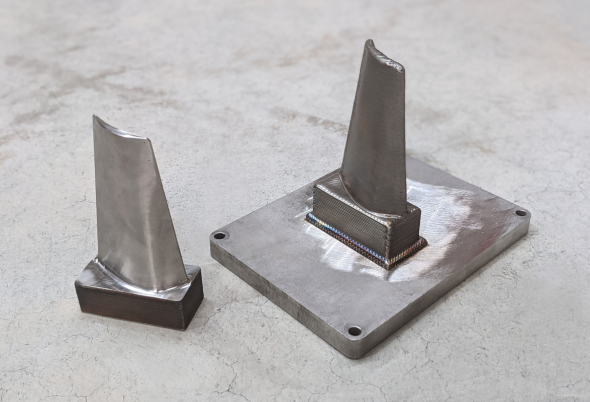
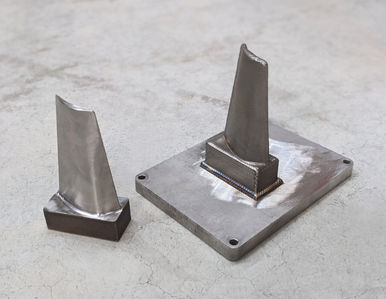


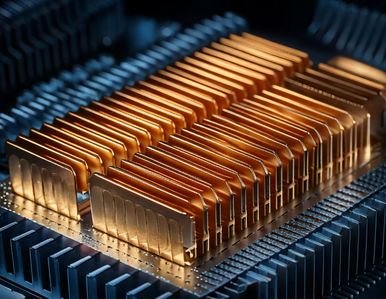
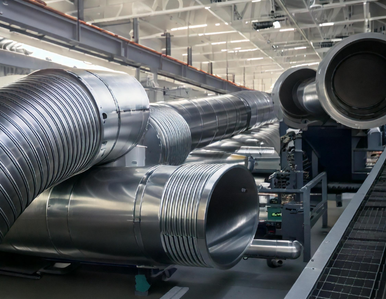

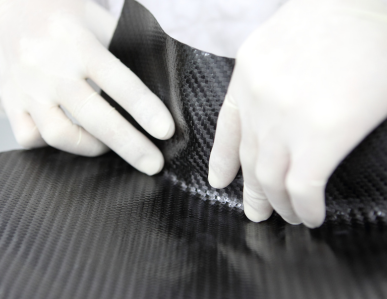
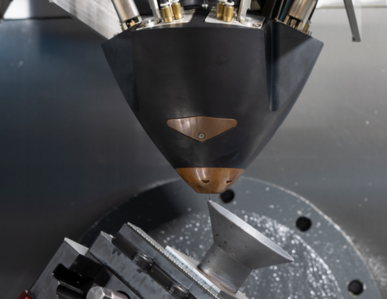
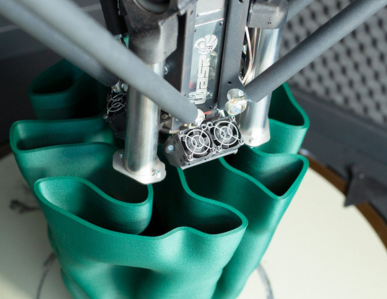
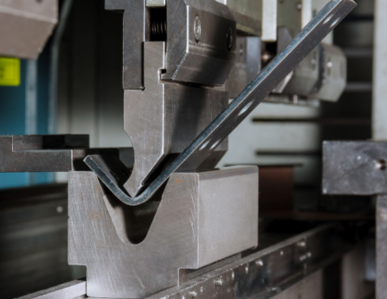
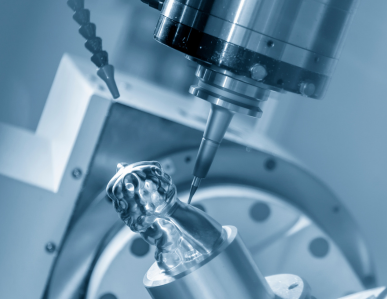
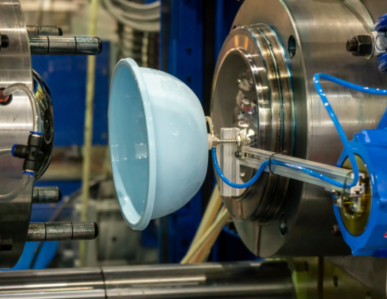
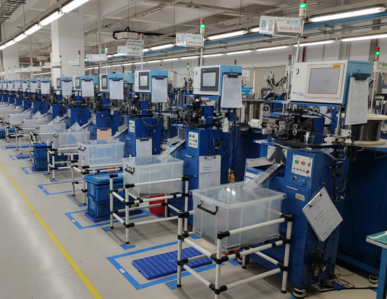

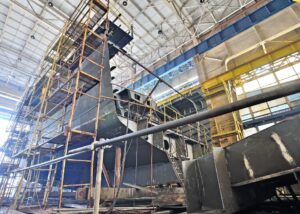

![Important] Notice of Change of Company Name](https://trytaiga.com/wp-content/uploads/2025/09/Important-notice-300x214.png)